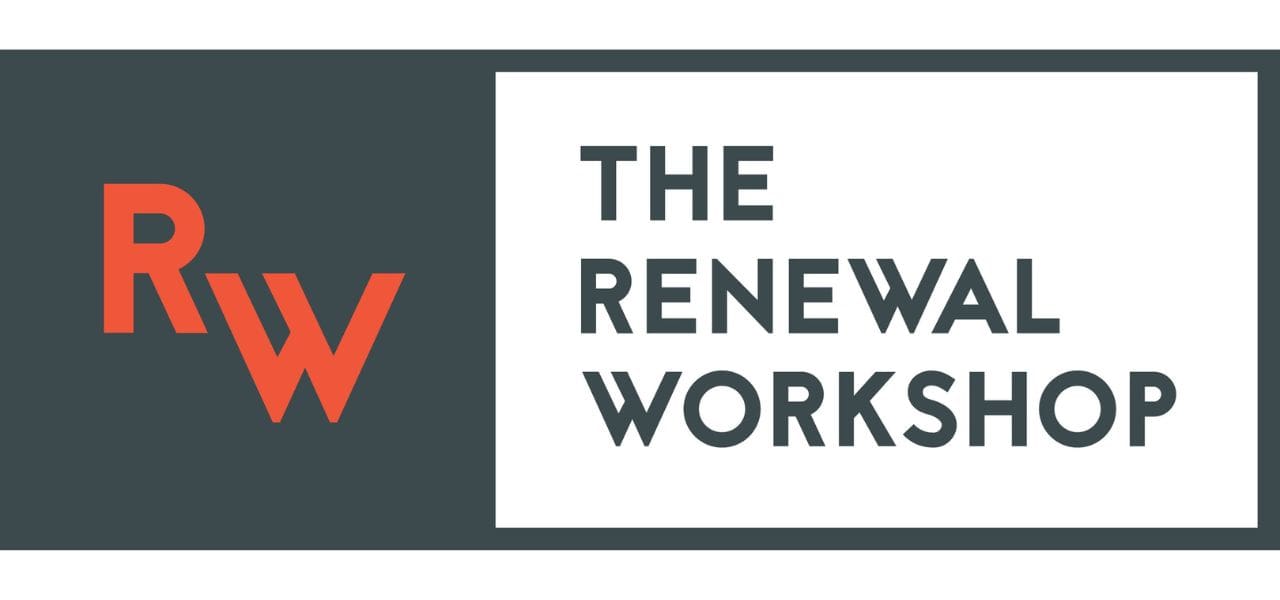3 Inspiring Circular Economy Examples

The concept of a circular economy is gaining momentum, as businesses seek to reduce waste and become more sustainable. In this article, we will explore three inspiring circular economy examples from different industries, highlighting how businesses can implement circular economy practices to achieve a more sustainable future.
We will showcase how AirX, The Renewal Workshop, and Toyota are leading the way in their respective fields and how their circular economy practices are making a positive impact on the environment. Read on to discover these circular economy examples and gain insights into how your business can also adopt circular economy practices.
What is the Circular Economy?
Circular economy is an innovative economic system that aims to minimize waste and maximize resource efficiency. In a circular economy, resources are kept in use for as long as possible through the reuse, repair, refurbishment, and recycling of products, components, and materials. The circular economy is a departure from the traditional linear model of "take, make, and dispose," which generates massive amounts of waste and contributes to environmental degradation.
The key principles of the circular economy meaning include designing products and systems with circularity in mind, using renewable energy sources, minimizing waste and pollution, keeping products and materials in use for as long as possible, and regenerating natural systems.
Circular economy examples are a powerful way to showcase how the circular economy can be applied in practice. By highlighting real-world case studies, businesses and organizations can demonstrate the potential benefits of adopting circular economy principles. Some notable examples of companies that have successfully implemented circular economy practices include AirX, The Renewal Workshop, and Toyota.
In the next section, we will explore these three circular economy examples in more detail, analyzing their strategies and the impact they have had on the environment and their respective industries. These examples will provide valuable insights into the benefits and challenges of adopting circular economy practices and inspire other businesses to follow suit.
Circular Economy Example - AirX
As a leader in the circular economy movement, AirX is revolutionizing the plastic industry with its plant-based plastic materials. By utilizing by-products from agriculture, they have created a closed-loop cycle, taking waste that would have been discarded and repurposing it into a valuable resource. This approach has a myriad of benefits, from reducing waste to lowering carbon emissions.

One of the standout features of AirX's plant-based plastic is its ability to biodegrade and be fully recycled. When the material reaches the end of its life cycle, it can be finely chopped, melted, and molded into new products, starting the process all over again. This not only reduces the amount of plastic waste in landfills and oceans but also conserves resources by keeping materials in use for as long as possible.
Another key benefit of AirX's approach is its ability to capture carbon during the growth process of the agricultural by-products used to make the plant-based plastic. This means that the material is carbon negative, helping to offset carbon emissions from other parts of the supply chain. By choosing to use AirX's plant-based plastic, businesses can make a significant impact on their carbon footprint.
In addition to these environmental benefits, using plant-based plastic can also have positive economic effects. As resources become scarcer and environmental regulations become stricter, companies that embrace circular economy practices will be well-positioned to thrive in the future. By adopting AirX's plant-based plastic materials, businesses can demonstrate their commitment to sustainability and differentiate themselves from competitors.
Circular Economy Example - The Renewal Workshop
The Renewal Workshop is a prime circular economy example in the fashion industry. Their approach involves collecting damaged or unsold garments from partner brands, repairing and cleaning them, and then reselling them at a lower cost. The Renewal Workshop is able to extend the life of these garments, reducing textile waste and the amount of carbon emissions produced from the manufacturing of new clothing items.

Their process also involves collecting and recycling textile scraps and using them to create new products, such as insulation material for jackets. By doing so, they are able to close the loop on textile waste and promote a more sustainable, circular approach to fashion production.
The benefits of The Renewal Workshop's circular economy approach are clear. They are able to reduce textile waste and the amount of clothing items that end up in landfills, as well as the carbon emissions produced from the manufacturing of new clothes. Their approach also allows them to offer more affordable clothing options to consumers and partner with brands to promote more sustainable practices in the fashion industry.
Other benefits include creating jobs in repair and textile recycling, which can have positive impacts on local communities. Overall, The Renewal Workshop serves as an inspiring example of how circular economy principles can be successfully applied in the fashion industry, and how they can lead to positive environmental and social impacts.
Businesses in other industries can learn from The Renewal Workshop's approach and adopt similar circular economy principles in their own operations. By doing so, they can reduce waste and carbon emissions, create more sustainable practices, and even offer more affordable products to consumers.
Circular Economy Example - Toyota
Toyota is one of the leading circular economy examples in the automotive industry. They have implemented various strategies to reduce waste and resource consumption, while also increasing efficiency and profitability.
One of their key initiatives is their closed-loop recycling program for end-of-life vehicles. Toyota ensures that as many parts as possible are recycled and reused in the production of new vehicles. They have also developed a network of recycling partners to help them recover rare metals and other valuable materials from their end-of-life vehicles.
In addition to their closed-loop recycling program, Toyota is also incorporating recycled materials into new vehicle production. They are using a wide range of recycled materials, such as recycled plastics, metals, and glass, to reduce their reliance on virgin materials. Toyota is also exploring the use of biomass materials, such as plant-based plastics, in their vehicles.
Through these circular economy practices, Toyota has not only reduced their environmental impact but also improved their bottom line. By reducing waste and resource consumption, they have reduced their production costs and increased efficiency.
However, implementing circular economy practices is not always easy. Companies may face challenges such as the availability and quality of recycled materials, regulatory compliance, and shifting customer preferences. But companies like Toyota have shown that with commitment and innovation, circular economy practices can be successfully integrated into their business model.
>>> Learn more: Decoding the Circular Economy Meaning
Contact us
AirX is the world's first carbon-negative bio-material made from coffee grounds.
We specialize in producing bio-based composites using recycled carbohydrates derived from by-products such as coffee grounds, coconut husk, husk, and bamboo. Our goal is to promote sustainability through the use of eco-friendly materials.
We are always here to help and provide the best service possible. If you have any questions or would like to receive advice and feedback directly from our sales staff, please do not hesitate to contact us. You can reach us through:
- Whatsapp: +84 969 742 950
- Email: [email protected]
We look forward to hearing from you!

